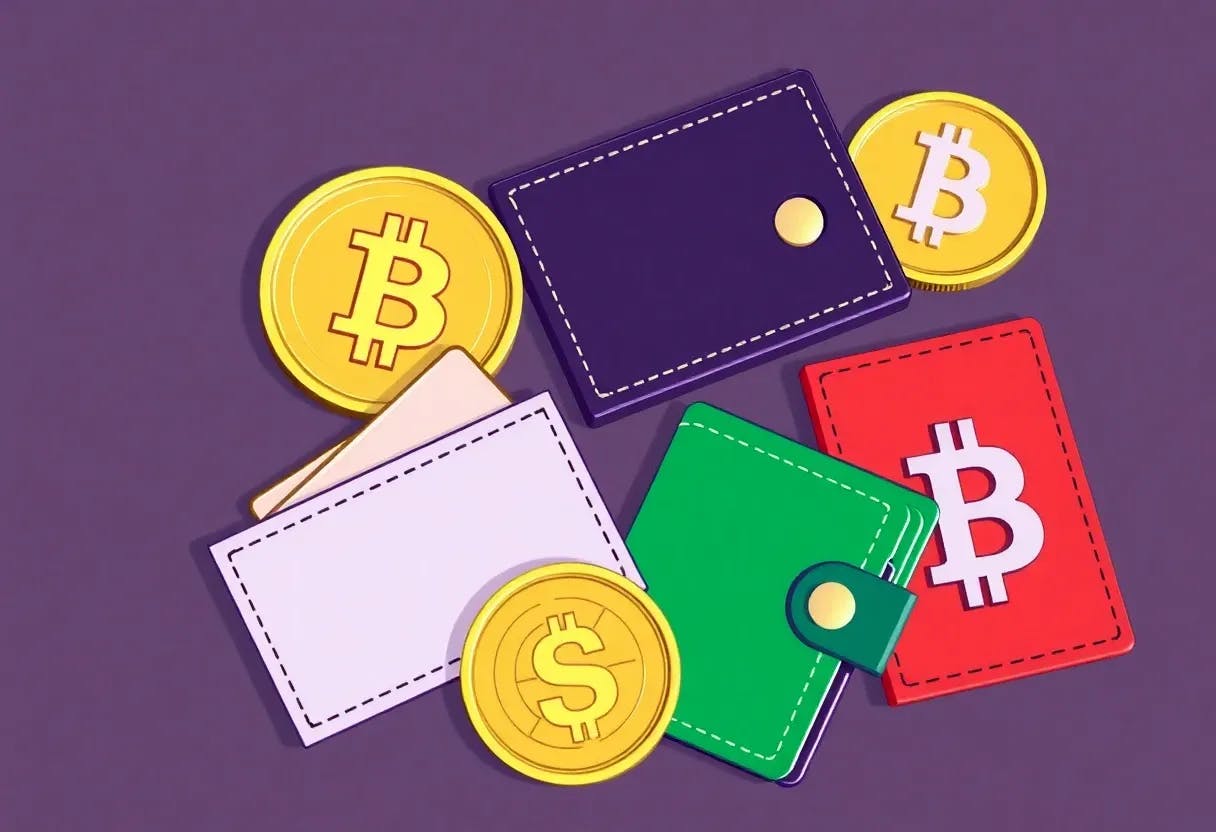If you have spent much time in the Web3 ecosystem, you likely feel we’ve been at an inflection point for some time now. As regulatory scrutiny matures from one jurisdiction to the next, one sector feeling the pressure is digital wallet providers.
Wallets are at the core of Web3 for apparent reasons. Without them, you cannot transfer, transact, exchange, onboard, cash out, or store your cryptos and monkey jpegs. For that reason, it’s unsurprising to learn that top wallet providers like MetaMask found success with 100M users by perfecting browser-based DeFi interactions. Similarly, Trust Wallet carved out 70M users through mobile dominance.
Exchange wallets also play a massive role in the wallet space, though they pursue different strategies. Coinbase’s wallet leverages its enormous exchange userbase to simplify onboarding, while Crypto.com focuses on making DeFi accessible to retail users. Both know their customers will choose convenience over decentralization (though they’re not necessarily against the latter).
These technical choices face a regulatory stress test. For example, Brazil’s push to restrict self-custody wallets
Across the ocean, Europe’s
Of course, there are not all red flags. Consider Singapore’s forward-thinking
Stellar is unique because it was built back when most people ignored regulation. The team figured institutions would eventually want the benefits of crypto without the headaches of compliance. Launched in March 2024, the new Stellar smart contracts platform Soroban takes that same practical approach to DeFi. Instead of fighting regulators, the Stellar blockchain gives institutions the tools to build applications that work within existing rules.
Web3 Wallets on Stellar
Compliance or Design?
DeFi changed the way wallets work. MetaMask started as a simple key manager, but now you can swap tokens and stake assets in the interface. Trust Wallet added a DApp browser because users kept asking for easier access to DeFi protocols.
This shift matters because wallets, not protocols, shape how most people use DeFi. Try explaining Uniswap’s smart contracts to a new user. By comparison, users understand the “Swap” button in their wallet.
But here’s the problem: better interfaces attract regulatory attention. Regulators don’t care much about raw protocols. They care about the tools people use to move money. When those tools look like banking apps, they get treated like banks.
The CFPB
What does this mean in practice? These wallet providers need hardcore security, including encryption, tokenization, multi-factor auth, and real-time monitoring. The CFPB is investigating everything from privacy practices to how these companies handle fraud.
Interestingly, the rule explicitly excludes crypto transactions. The CFPB admits it needs more data before tackling digital assets. However, as of January 9, 2025, we’ll see complete banking-style oversight for traditional payment flows through these interfaces.
The message is clear: Build a popular enough interface for moving money, and you’ll face bank-level scrutiny. Recently, the CFPB launched another initiative to examine privacy protections in digital payments.
Stellar Soroban Offers a Middle Ground for Compliant DeFi
Soroban’s
The Stellar Development Foundation’s
Soroban solves a real problem: Institutions don’t need another high-throughput chain with questionable security. They need infrastructure to build sophisticated financial products while meeting their compliance requirements. Soroban-enabled wallets deliver precisely that – combining Stellar’s robust compliance tools with the programmability modern finance demands. It’s not the flashiest solution, but it might be the most practical one.
Where Wallets Go Next
We’re headed for a split in how people access digital assets. If you want to use DeFi without restrictions, you’ll need to figure out non-custodial wallets and likely give up some convenience. If you want something more like traditional banking, use regulated interfaces like Coinbase’s wallet or tools built on Stellar.
That isn’t necessarily bad. Banks and cash have coexisted for centuries. DeFi and regulated crypto tools will do the same. What matters is that users understand the tradeoffs they’re making with each choice.
The real test comes next: will wallet teams find ways to satisfy regulators without sacrificing what makes DeFi powerful? Or will regulation force users to choose between convenience and control? Anyone building wallets today has to answer these questions.










